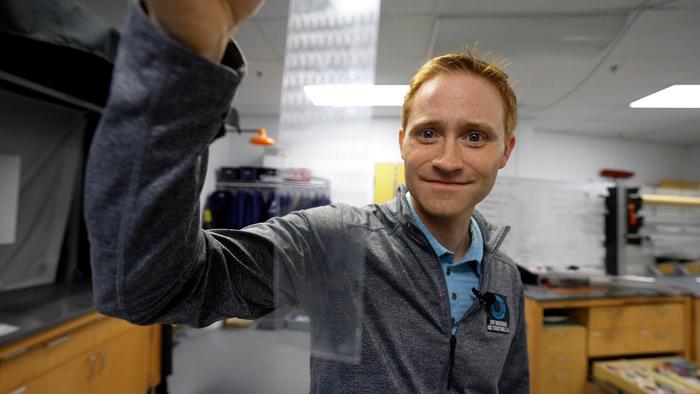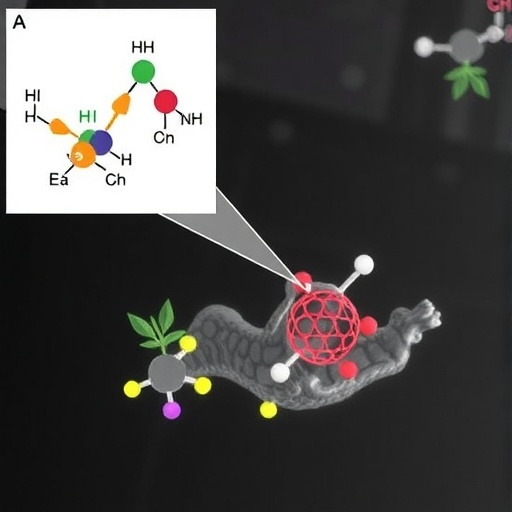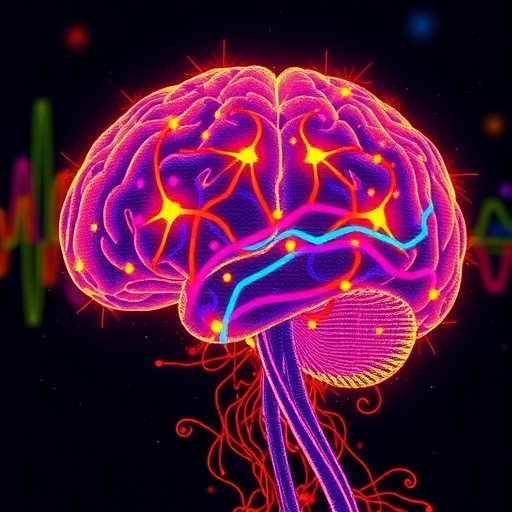Adhesive tape fulfills many purposes, from quickly fixing household appliances to ensuring a reliable seal on a mailed package. When using tape with a strong bond, removing it may only be possible by scraping and prying at the tape’s corners, hoping desperately that surface pieces don’t tear away with the tape.

Credit: Photo by Alex Parrish for Virginia Tech.
Adhesive tape fulfills many purposes, from quickly fixing household appliances to ensuring a reliable seal on a mailed package. When using tape with a strong bond, removing it may only be possible by scraping and prying at the tape’s corners, hoping desperately that surface pieces don’t tear away with the tape.
But what if you could make adhesives both strong and easily removable? This seemingly paradoxical combination of properties could dramatically change applications in robotic grasping, wearables for health monitoring, and manufacturing for assembly and recycling.
Developing such adhesives may not by that far off through the latest research conducted by the team of Michael Bartlett, assistant professor in the Department of Mechanical Engineering at Virginia Tech, and published in Nature Materials on June 22.
The physics of stickiness
Adhesive tapes were first developed in the 1920s to meet a need for automobile painters who wanted better options for painting two colors on car bodies. Since the first masking tape was put into use, many other variations have been created. Factories have rolled out invisible tape for wrapping presents, electrical tape for covering wires, and duct tape for more uses than it was ever intended to fill.
Normally, when tapes are peeled off, they separate in a straight line along the length of the strip until the tape is completely removed. Strong adhesives are made more difficult to peel, while reusable adhesives promote the strength-limiting separation.
Bartlett’s team theorized that if the separation path were controlled, then perhaps adhesives could be made both strong and removable. They tapped into the methods of a 2,000-year-old Japanese art form to determine how to do it.
Journal
Nature Materials




